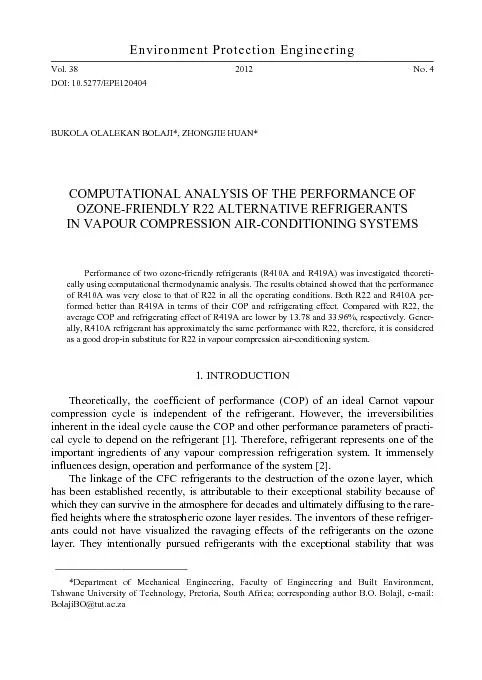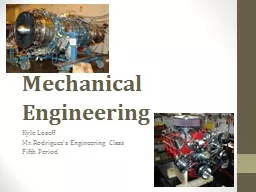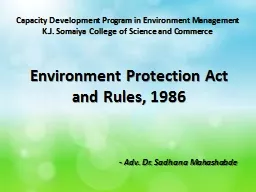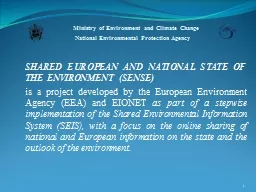PDF-Environment Protection Engineering Vol. 38 2012 No. 4
Author : liane-varnes | Published Date : 2016-07-05
BUKOLA OLALEKAN BOLAJI ZHONGJIE HUAN COMPUTATIONAL ANALYSIS OF THE PERFORMANCE OF OZONEFRIENDLY R22 ALTERNATIVE REFRIGERANTS IN VAPOUR COMPRESSION AIRCONDITIONING
Presentation Embed Code
Download Presentation
Download Presentation The PPT/PDF document "Environment Protection Engineering Vol. ..." is the property of its rightful owner. Permission is granted to download and print the materials on this website for personal, non-commercial use only, and to display it on your personal computer provided you do not modify the materials and that you retain all copyright notices contained in the materials. By downloading content from our website, you accept the terms of this agreement.
Environment Protection Engineering Vol. 38 2012 No. 4: Transcript
Download Rules Of Document
"Environment Protection Engineering Vol. 38 2012 No. 4"The content belongs to its owner. You may download and print it for personal use, without modification, and keep all copyright notices. By downloading, you agree to these terms.
Related Documents














